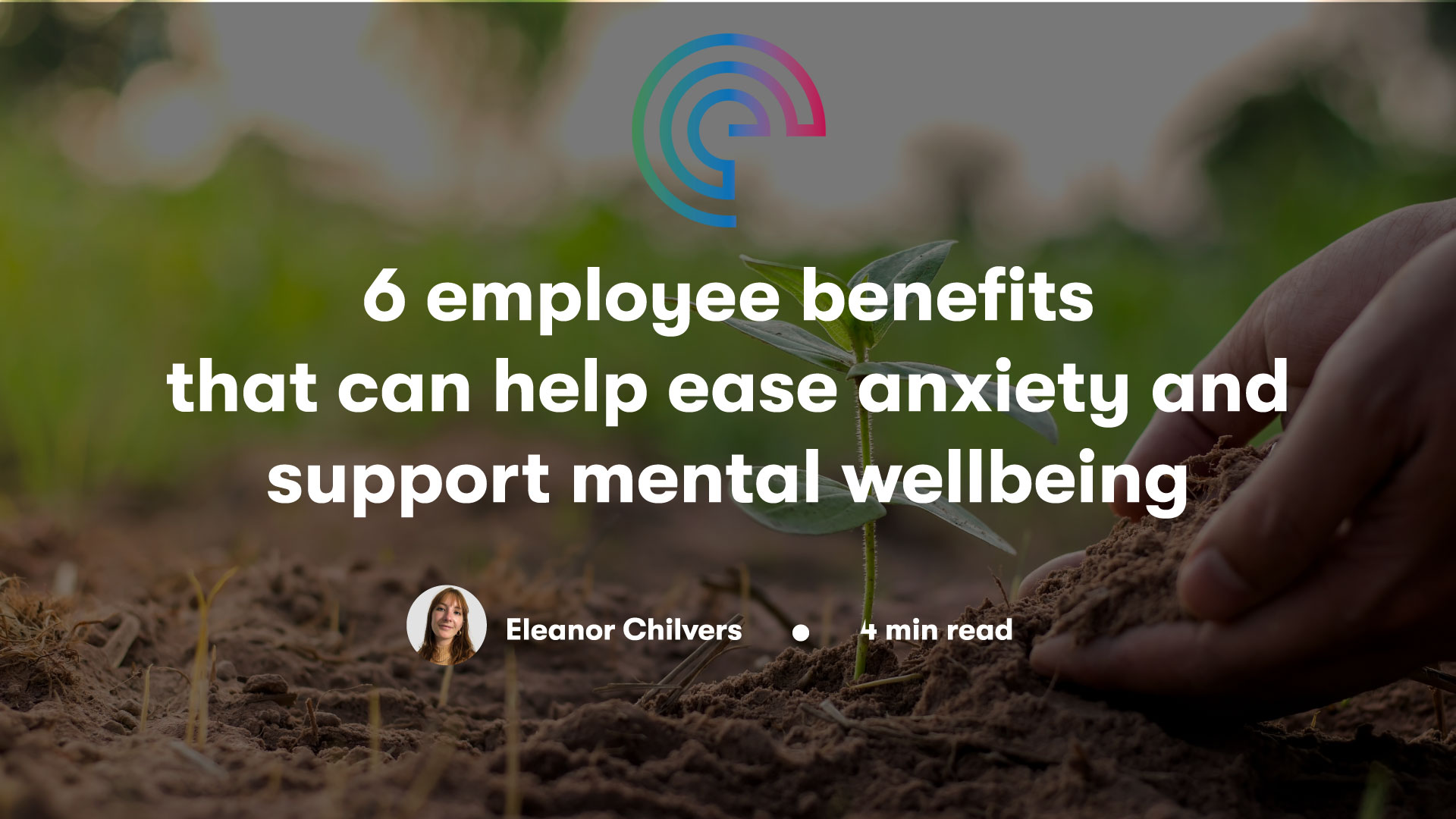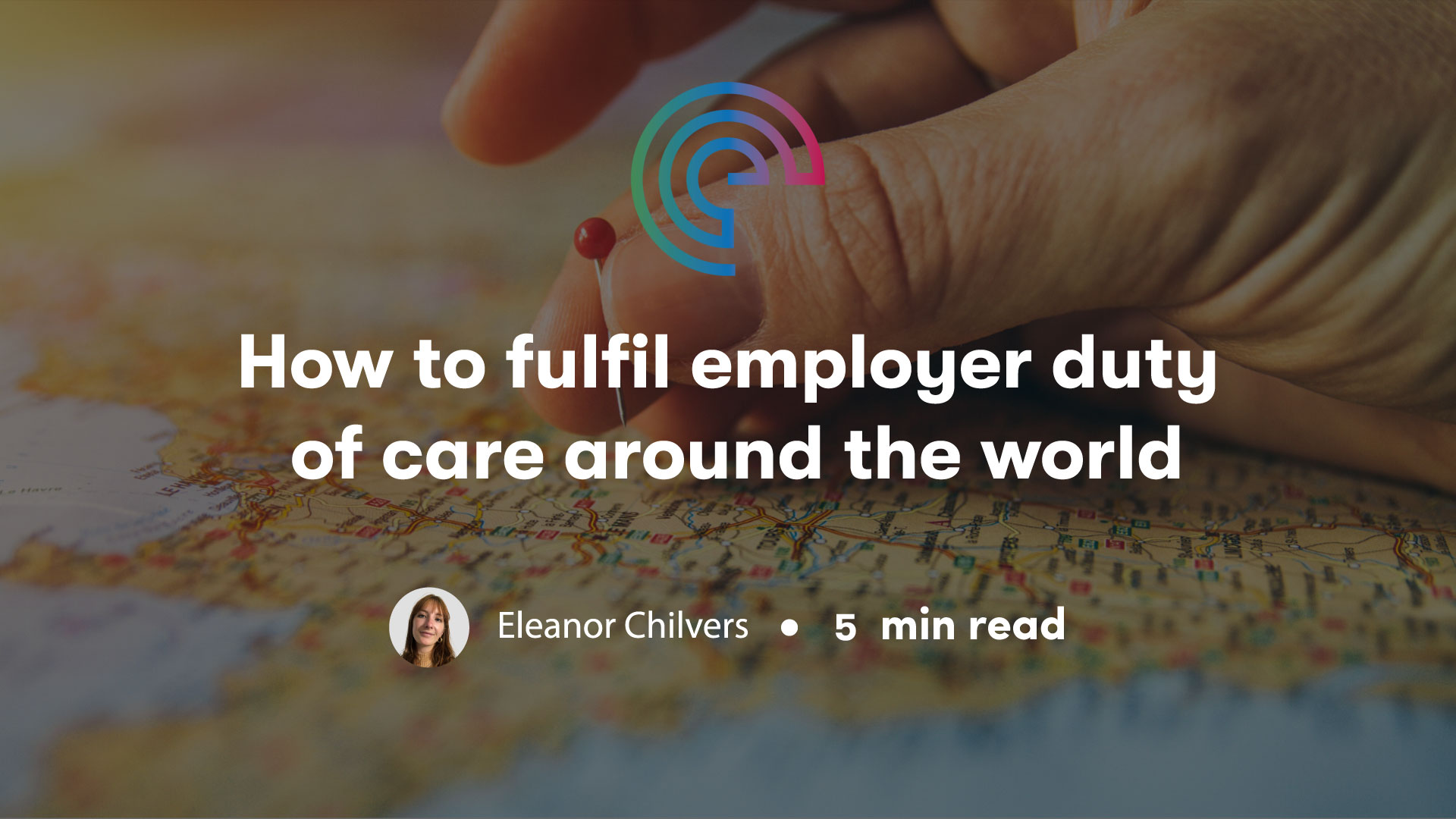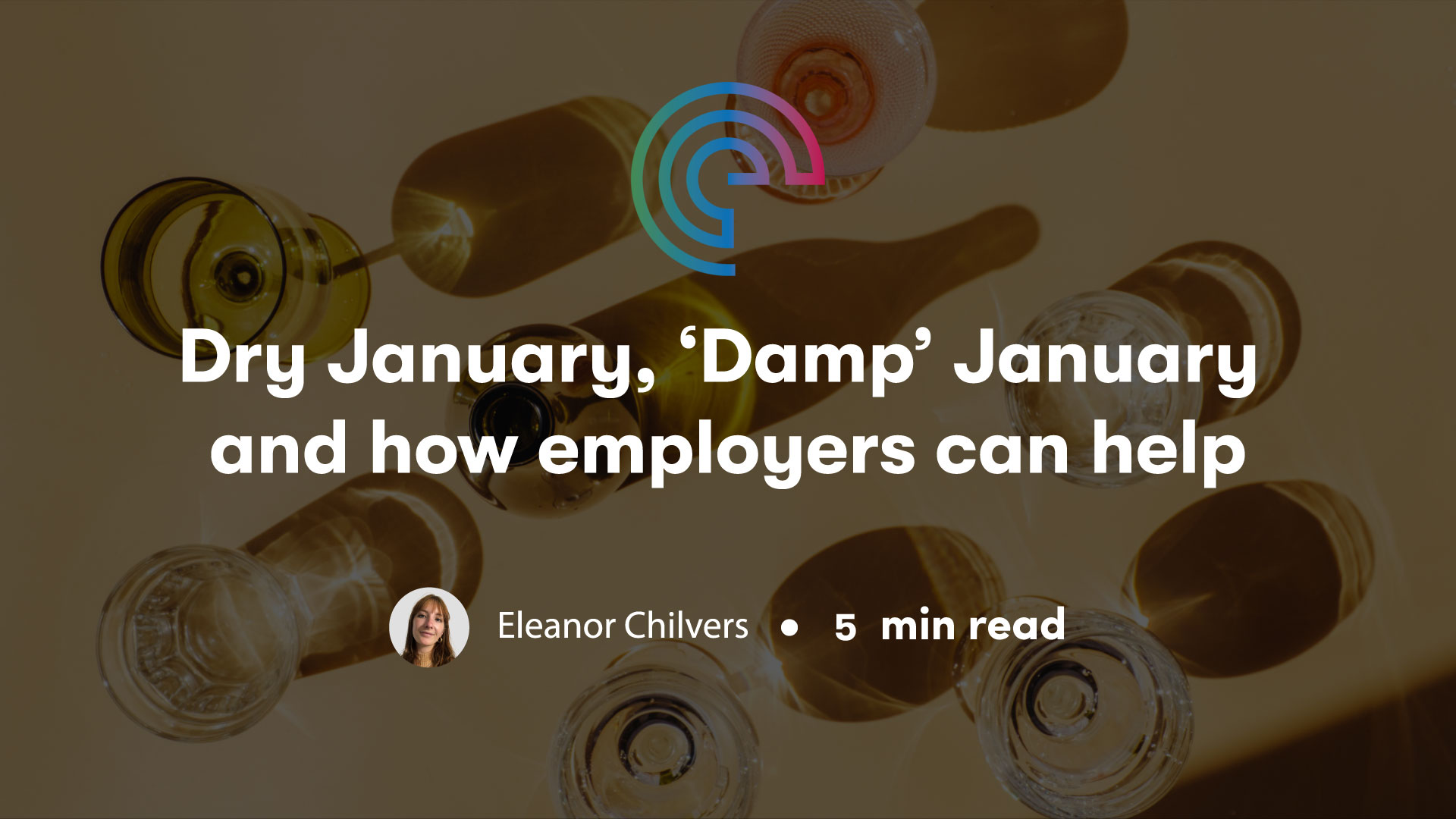The success of any organisation lies in the happiness of staff and employee wellness, where companies promoting a culture of health and wellbeing will inevitably attract great employees and lead to productivity levels soaring.
Employee wellness in the workplace getting more attention
The importance of employee wellness in the workplace is gradually growing – with 44% of organisations now having a wellbeing strategy, an increase of 4% from 2019 (Health and Wellbeing at Work CIPD Report)! These statistics positively point towards a future where the business world is shifting the traditionally reactive response to employee health and wellbeing, to one which is preventive and addresses the source.
Many different factors fall under employee wellness – stress management, mental health, fitness, nutrition, work/life balance, and even financial wellbeing – making setting up a successful employee wellness programme difficult! Not only this, each employees’ wellbeing, and ways of dealing with wellness, are individual and personal to that employee. Employee wellness in the workplace must be tailored and made relevant to each employee.
So, what is employee wellness in the workplace? And how can organisations measure and tailor their employee wellness programmes to be the most effective for their needs?
What is employee wellness in the workplace?
Employee wellness in the workplace should always be rooted in and built around the needs of the employee. The definition of employee wellness is broad and inconclusive, making it incredibly adaptable as health means something different in different contexts and for different people. It can range from focusing on the quality and safety of the physical work environment, to how employees feel about the work they are doing, to the general work climate and emotional connection between employees and their employers.
A healthy, productive, and happy employee should feel like:
- Their work is valuable and meaningful
- They are healthy, happy, satisfied, and having fun
- They identify with the company they work for
- They have a strong work/life balance
- They trust in their employer to support them
Many employers are still approaching employee wellness from a reactive standpoint, only focusing on the health of their staff after medical and mental health concerns have been raised. To successfully integrate employee wellness into a workforce, employers instead must focus on the happiness of their staff – establishing a culture where staff are content and feel protected at work.
Why does employee wellness need to be a priority?
Over recent years, employee wellness has become more and more needed, especially dealing with the fallout from the pandemic and facing possibilities of uncertain futures of lockdowns and isolation. In this climate, it is apparent that organisations need to demonstrate support for their employees, to establish programmes that target everyone in their workforce.
YouGov research commissioned by Push and Solent Mind (2021) surveyed 1000 UK working adults addressing how much work-life impacted overall wellness. The key contributing factors among those who felt their work-life contributed to their worsened wellbeing:
- 31% said too much change in the workplace
- 30% said unclear communication
- 27% said employees do not feel comfortable talking about mental wellbeing in the workplace/to their employers
The YouGov research highlights just how influential employers can be over supporting the wellness of their staff, and how impactful making the workplace a positive space to be present in can be.
Benefits of promoting employee wellness in the workplace
The link between a healthy workforce and the success of an organisation are inherently tied together, producing many positive outcomes for both employer and employee. Listed below are some benefits of supporting employee wellness:
- Improves morale and productivity
- Increases employee recruitment and retention
- Improves engagement
- Reduces absenteeism and presenteeism
- Reduces stress
- Reduces costs
(Top 5 Benefits of Corporate Wellness Programmes).
For these benefits to come to light, organisations need to internalise employee wellness practices into the workforce, and constantly look for ways to improve and adapt strategies so to help as many employees as possible.
How can employee wellness be measured in the workplace?
The most important part of implementing a successful employee wellness strategy is knowing how to understand what your employees want, how to measure its success, and being able to identify areas that need improvement.
Establishing a fluid, moving approach to your employee wellness programme will ensure that your organisation is constantly working and adapting to specific employing needs – being preventive rather than reactive.
Listed below are easy and simple ways employers can measure employee wellness in the workplace:-
Employee Surveys:
- employee feedback/ratings e.g., productivity levels against happiness levels, sick days, overtime, fluctuation rates
- gives regular updates of how employees are feeling/reacting
- insights into specific issues e.g., stress, anxiety, bullying behaviour
HR Data:
- number and frequency of absences (however, mental health absence is often reported as a physical illness by employees, so cannot rely solely on data)
- quantity rates of work
- staff retention
Culture of Openness:
- managers to set up regular one-to-one meetings – personal check-ins
- Mental Health First Aid training
- Promote an environment where it is normal to talk about wellness – managers can set the example here by opening to colleagues about themselves
Management Information:
- Demographics on age, gender, cultures – tracking trends
- Provides an understanding of the challenges different employees may face
Spotting Risk Areas:
- Track changes in feedback
- Recognise themes in data and employee responses
Ask “Why Wellness?”:
- Help establish what it is employers want to achieve
- Provides a point which employers can measure success against
- E.g., “Is there an increase in absenteeism?” “Is there a problem with employee stress?”
Each of these measures will ensure that employers can tailor to whatever employees want and need, using wellness and incentive programmes to set up a workplace culture that prioritises community and the support of its staff.
Different approaches to employee wellness
Determining how to measure employee wellness in the workplace goes together with deciding which approach you will take in your strategy. Every company is different – some will only need a simple approach of setting up one-to-ones, whilst other organisations will go fully in with a vast and comprehensive wellness plan.
Either way can work! But no matter how many programmes and workshops you include, if they are not centred around prioritising the health of employees, your plan will not be successful.
Below are a few ideas and products, from the Engage website, and the aspects of wellness they tackle:
Stress Management:
- Meditation
- Pension Services
Mental Health:
- Educational Workshops including stress, mental resilience, and nutrition
- Mental Health days off
- Mental Health First Aid training
- Cognitive Behavioural Therapy, 24/7 counselling services under Health Cash Plan/ Employee Assistance Programmes
Fitness:
- Basic Health Screening
- Full Health Screening
- Gym flex
- Fitness classes
- Step Count benefits
Work/Life Balance:
- Employee Benefits Platform
- Benefit Promotion – remote and on-site
- Flexible working options
- Wellbeing Days
- One-to-One meetings for regular updates on both work and personal events
Hosting an Employee Wellness Week:
- Instant boost in engagement
- Use the momentum of the event to distribute key health and wellbeing information
- Combination of different talks, workshops, activities, skills, and experience sharing
These are just a few ideas that keep employee wellness in the workplace at the forefront of conversation and products that help employees feel comfortable and looked after.
At Engage Health Group, we recognise that every customer has different needs, and we will work closely to make sure every product, tool, and insurance strategy complement each other and ensure far-reaching and positive results throughout your workforce!
(6 Reasons Why Businesses Offer Top Employee Health Screening to Top Staff).
The impact of covid over employee wellness in the workplace
Employee wellness in the workplace should always be a priority, but the presence of the pandemic still hanging over us has pushed it even more into the foreground. Covid has meant increased importance on providing health and wellbeing support for employees. 54% of people working from home would like their employer to introduce mental wellness days, with another 54% of homeworkers saying their employer should address needing to be present and online (Canada Life Research, January 2021).
Covid has taught us many things, one being that we are now much clearer on what’s important to us, prioritising wellbeing over other goals such as career advancement that used to dominate work culture. Organisations are becoming much more person-led – valuing their employees and providing support – and these are the companies that will be successful in the aftermath of the pandemic.
3 pillars of employee wellbeing
No matter the size or depth of your employee wellness plan in the workplace, if the strategies are centred around employee needs, they can only help your business to succeed. Implementing a full and detailed employee wellness plan will target the 3 Pillars of Wellbeing – physical, mental, and financial – ensuring that employees are getting focused support in any aspect of life they need.
At Engage, we follow the same procedure of focussing on these 3 Pillars of Wellbeing through a people-centred benefit design, creating a benefits strategy that is adaptable to any type of work culture and employees. Find out what else can be involved in employee wellness here.
Contact us at Engage, where we give free no-obligation advice and support. Whether you need advice on the health of your employees or simply want to improve general employee wellness to boost the morale of your company, we at Engage will help simplify any employee benefits need.









